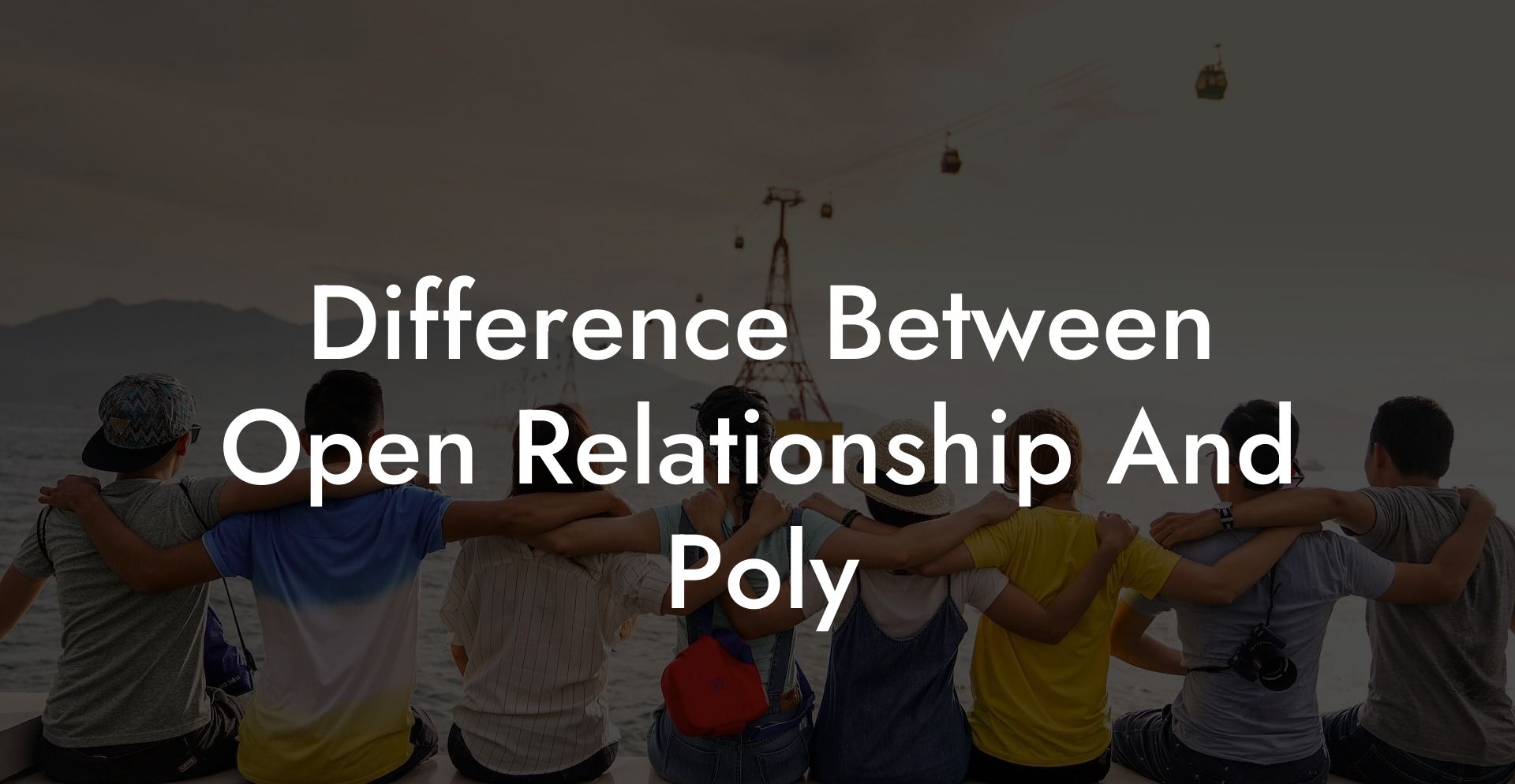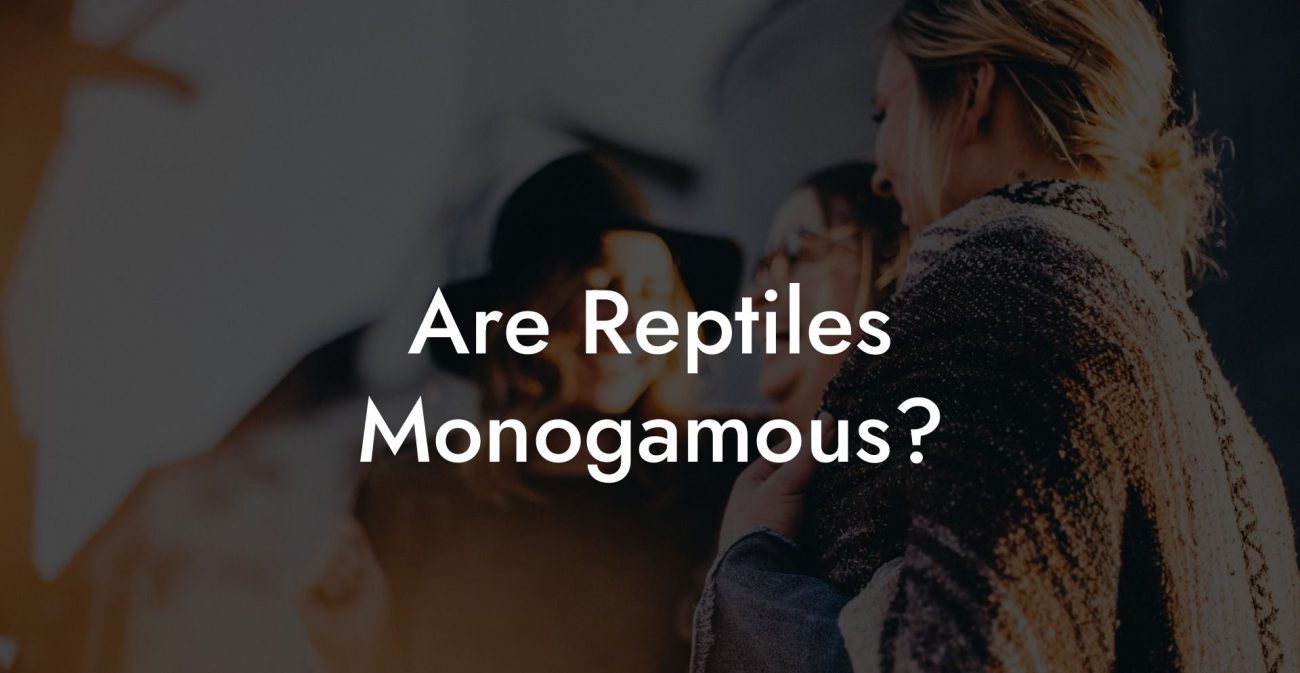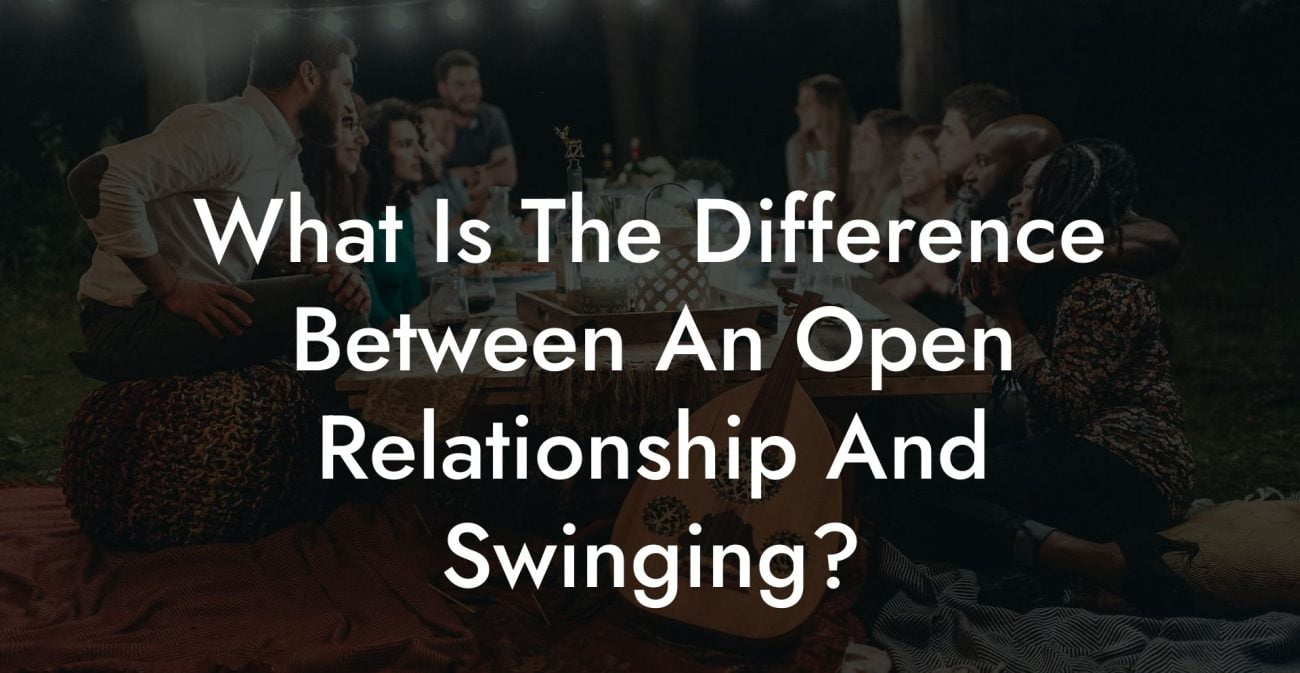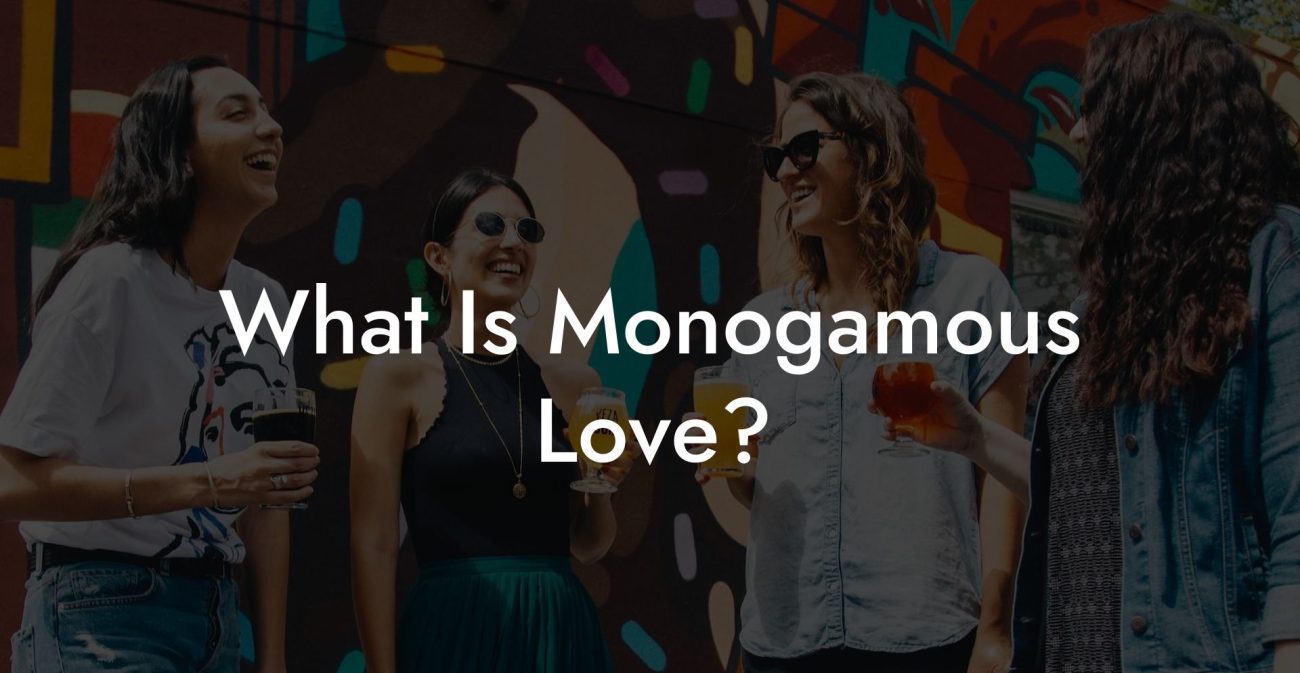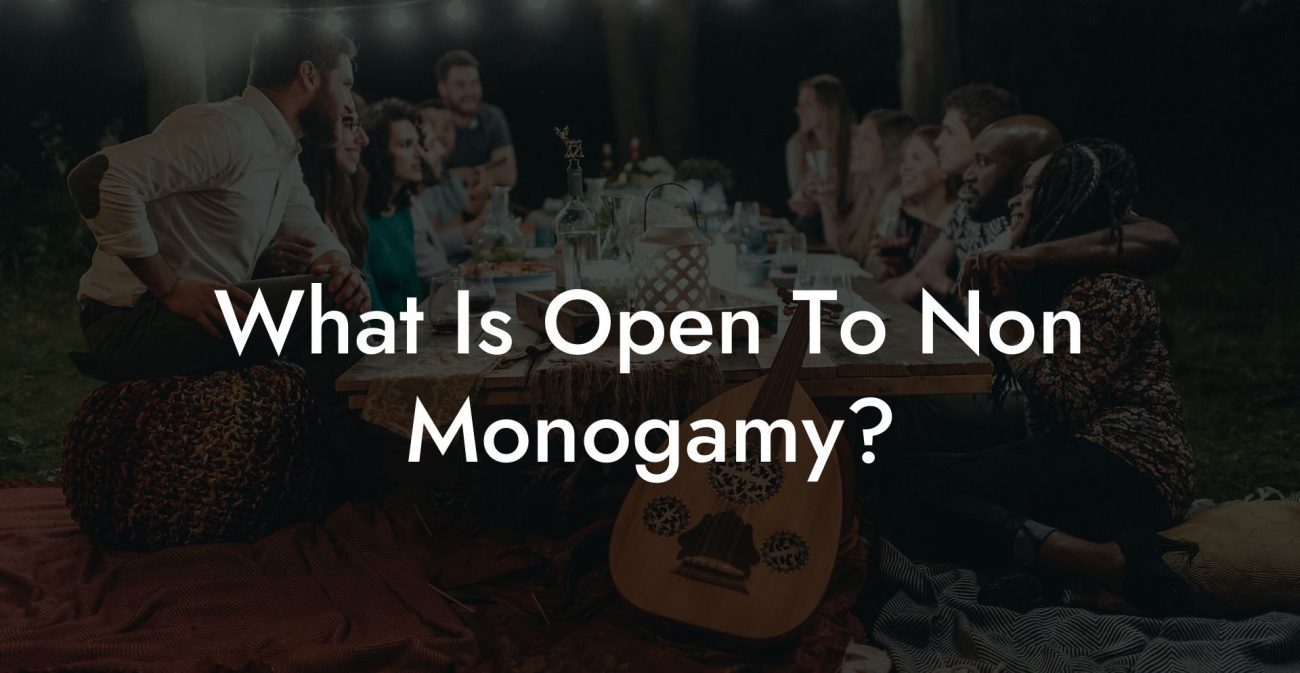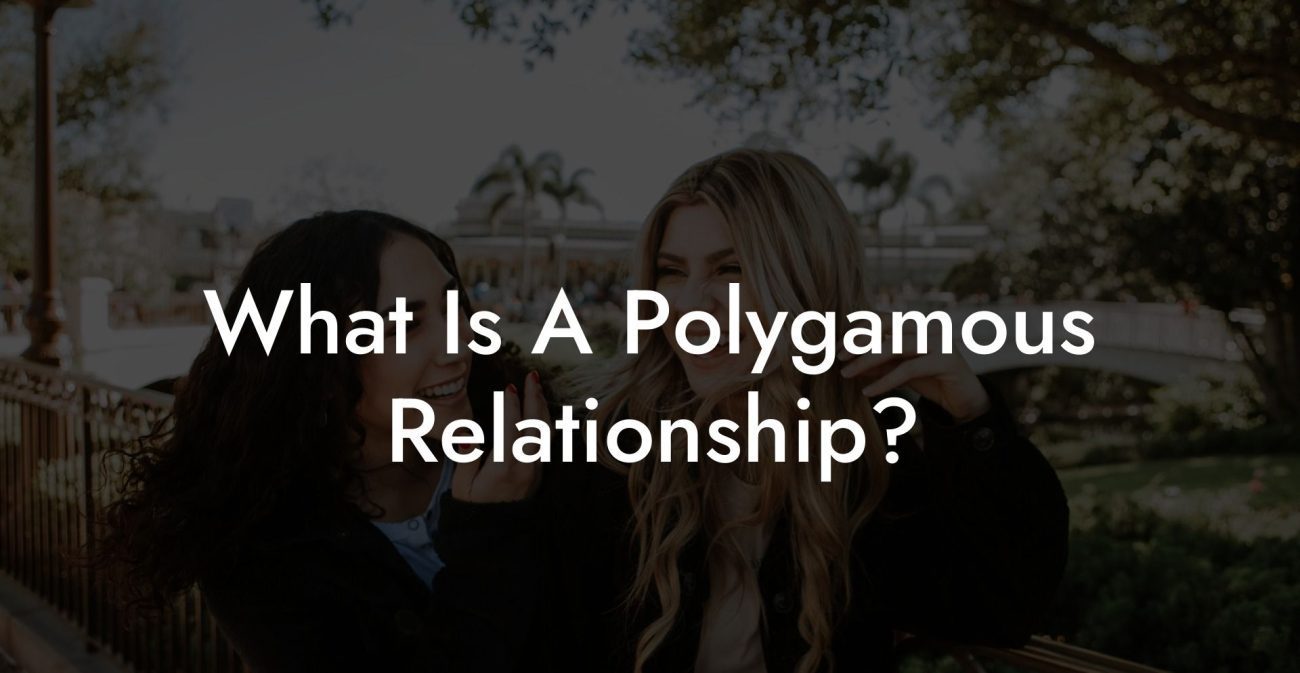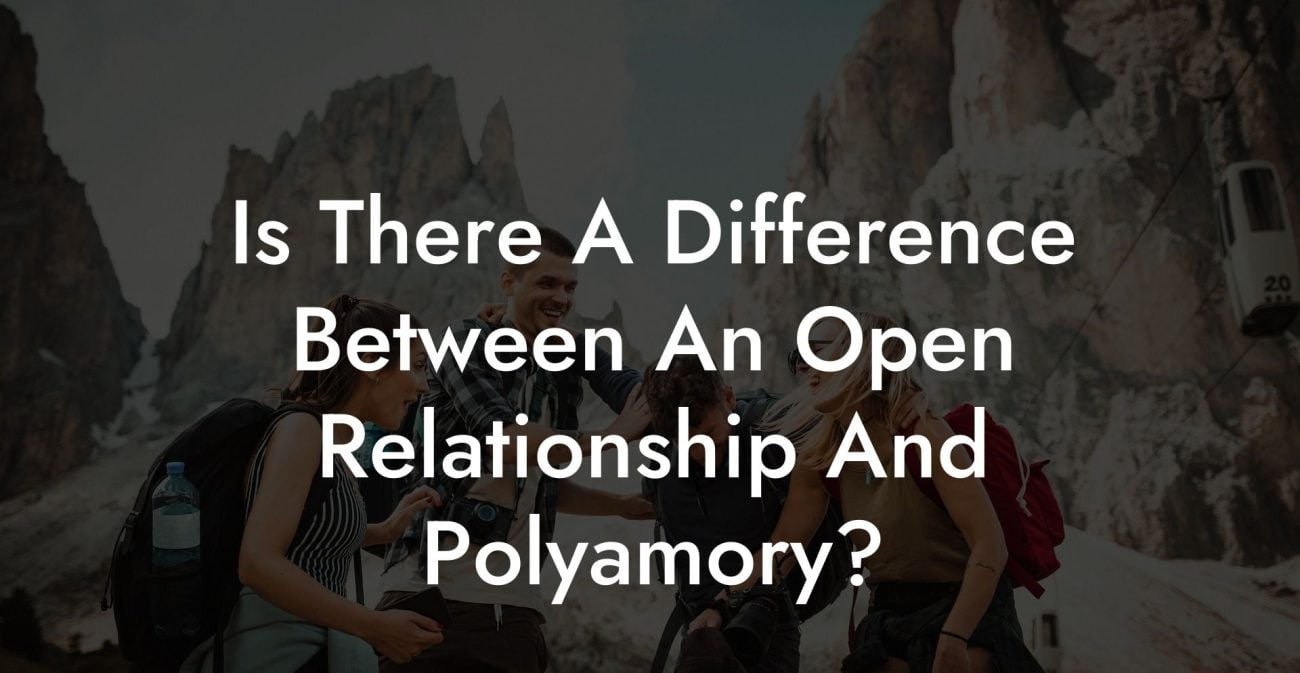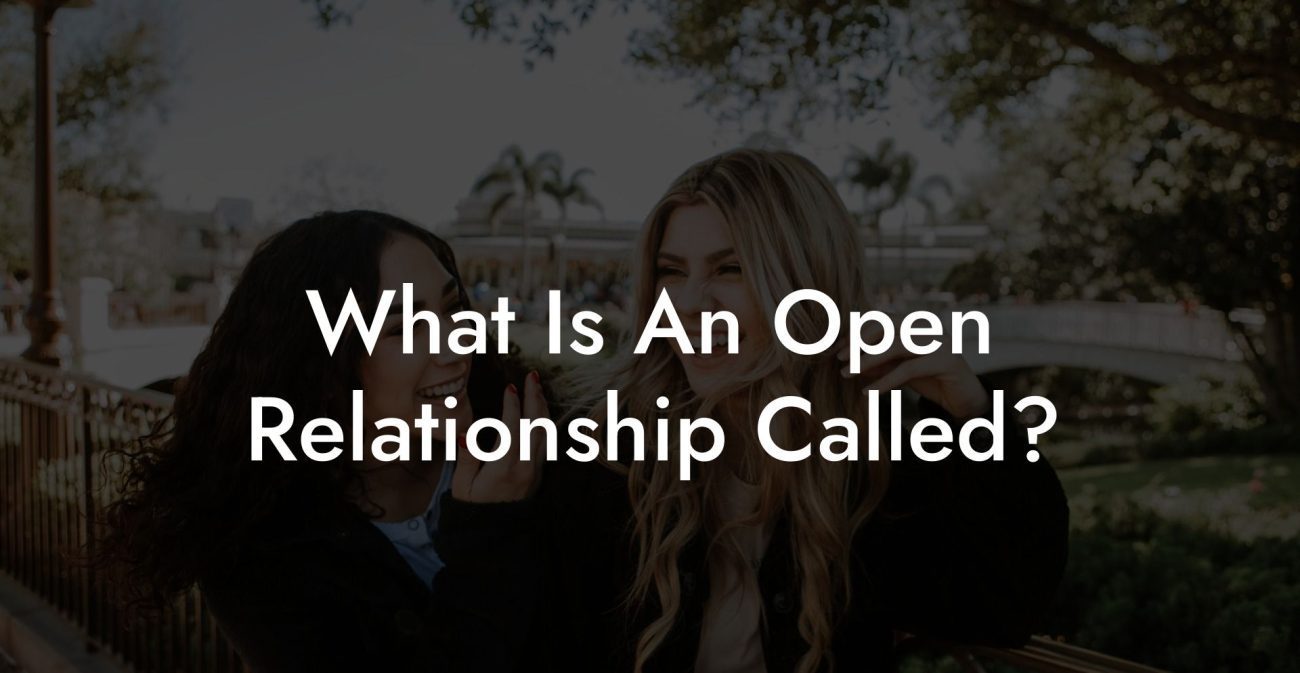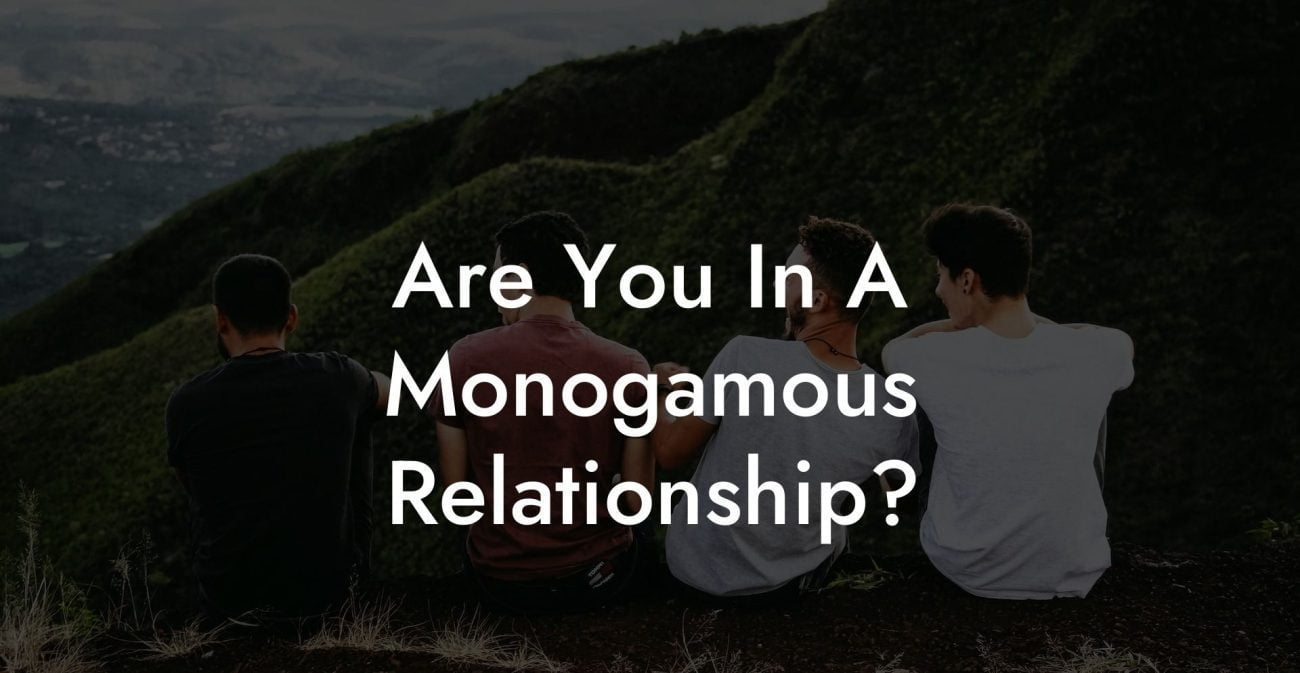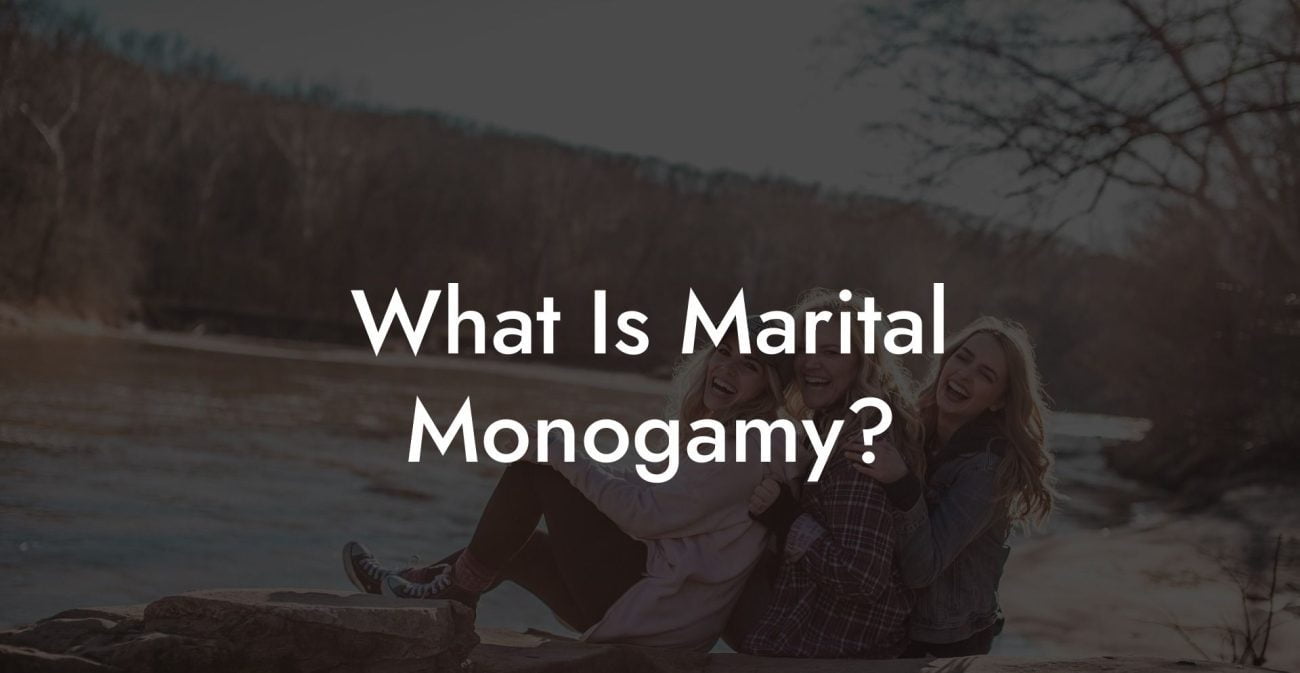Navigating the world of relationships can be challenging, especially when it comes to non-traditional arrangements. Two commonly mentioned alternatives to monogamy are open relationships and polyamory. But what exactly is the difference between the two? In this article, we'll dive deep into the distinctions between open relationships and polyamory, examining their unique characteristics, benefits, and challenges.
Difference Between Open Relationship And Poly Table of Contents
Defining Open Relationships and Polyamory
What is an Open Relationship?
- An open relationship is a romantic arrangement in which both partners agree to have other intimate connections, whether physical or emotional, separate from their primary partnership.
- This can involve casual hookups, dating, or even secondary relationships, but the primary relationship always remains the priority, often with established boundaries and guidelines.
- Common examples include swinging, casual sex partners, or "friends with benefits."
What is Polyamory?
- Polyamory is a form of non-monogamy in which a person maintains multiple loving, supportive, and committed romantic relationships concurrently, with the knowledge and consent of all parties involved.
- These relationships can take various forms, such as hierarchical polyamory (where there is a clear distinction between primary, secondary, and tertiary partners), egalitarian polyamory (where relationships are all given equal priority and consideration), or solo polyamory (where a person maintains multiple relationships but does not prioritize any one partner).
- Polyamorous relationships often involve emotional, physical, and sexual connections between multiple partners, with their unique configurations and agreements.
Key Differences Between Open Relationships and Polyamory
Emotional vs. Physical Connections
- One significant difference between open relationships and polyamory is the nature of the connections experienced outside of the primary relationship.
- Open relationships often emphasize physical connections, such as sexual encounters or hookups. Emotional connections may be discouraged or minimized to maintain the priority of the primary relationship.
- Polyamory, on the other hand, encourages emotional connections and romance between multiple partners, allowing for a more complex network of love, support, and intimacy.
Relationship Structures and Hierarchies
- Open relationships generally maintain a hierarchical structure, where the primary partnership is prioritized above all others.
- Polyamory has a more flexible approach to relationship hierarchies, ranging from a clear ranking of primary, secondary, and tertiary partners to more egalitarian, non-hierarchical relationships.
- Polyamorous relationships may involve group arrangements, such as triads or quads, where multiple partners are intimately connected with each other, rather than a series of separate dyadic relationships.
Difference Between Open Relationship And Poly Example:
Imagine a married couple, Alex and Taylor. Alex and Taylor decide to explore non-monogamy and create a unique arrangement that suits their desires and boundaries.
In an open relationship scenario, Alex and Taylor might agree that they can each have casual sexual encounters with other people, provided that these experiences remain primarily physical in nature, and their primary focus is always on each other. They might even have guidelines about how often they can see outside partners or what activities are permitted.
In a polyamorous scenario, Alex and Taylor might form romantic attachments with other people, allowing for both emotional and physical connections. Alex could have a girlfriend who he loves and Taylor might date a couple, forming a deep emotional bond with them. Both Alex and Taylor would communicate openly and honestly about their feelings and desires, working to support and encourage one another's relationships and growth.
The choice between open relationships and polyamory is highly personal; what works for one individual or couple might not be the right fit for another. As with any relationship style, communication, honesty, and respect are crucial for success. If you found this article helpful, please share it with your friends and explore other guides on The Monogamy Experiment to deepen your understanding of love in all its diverse forms.

